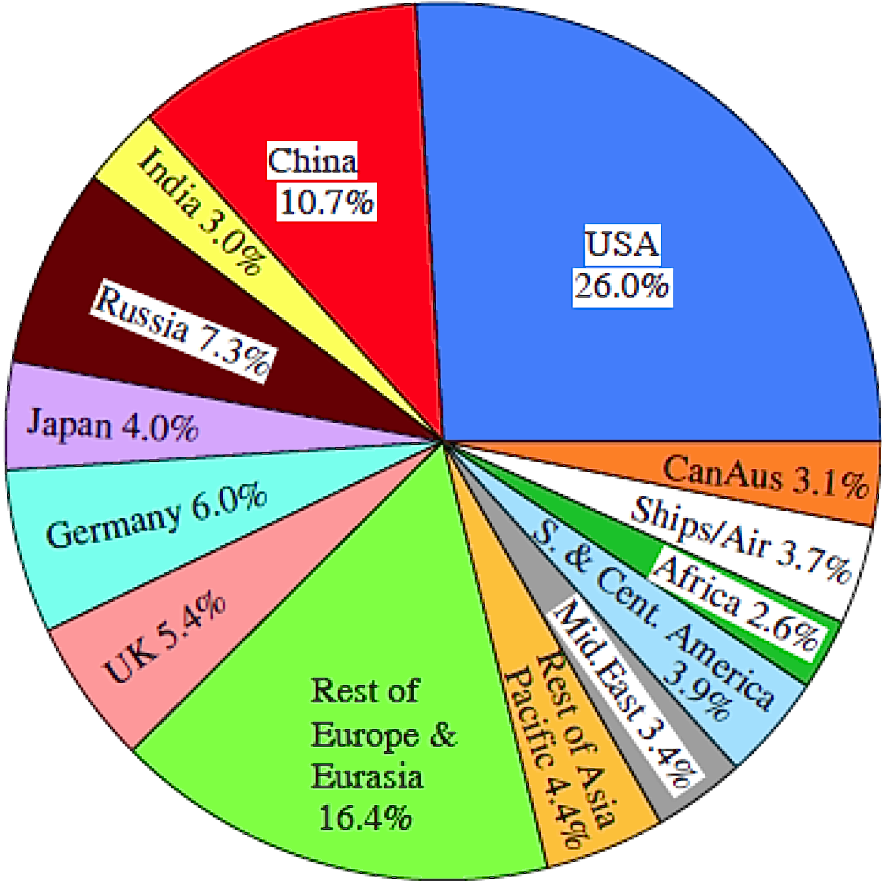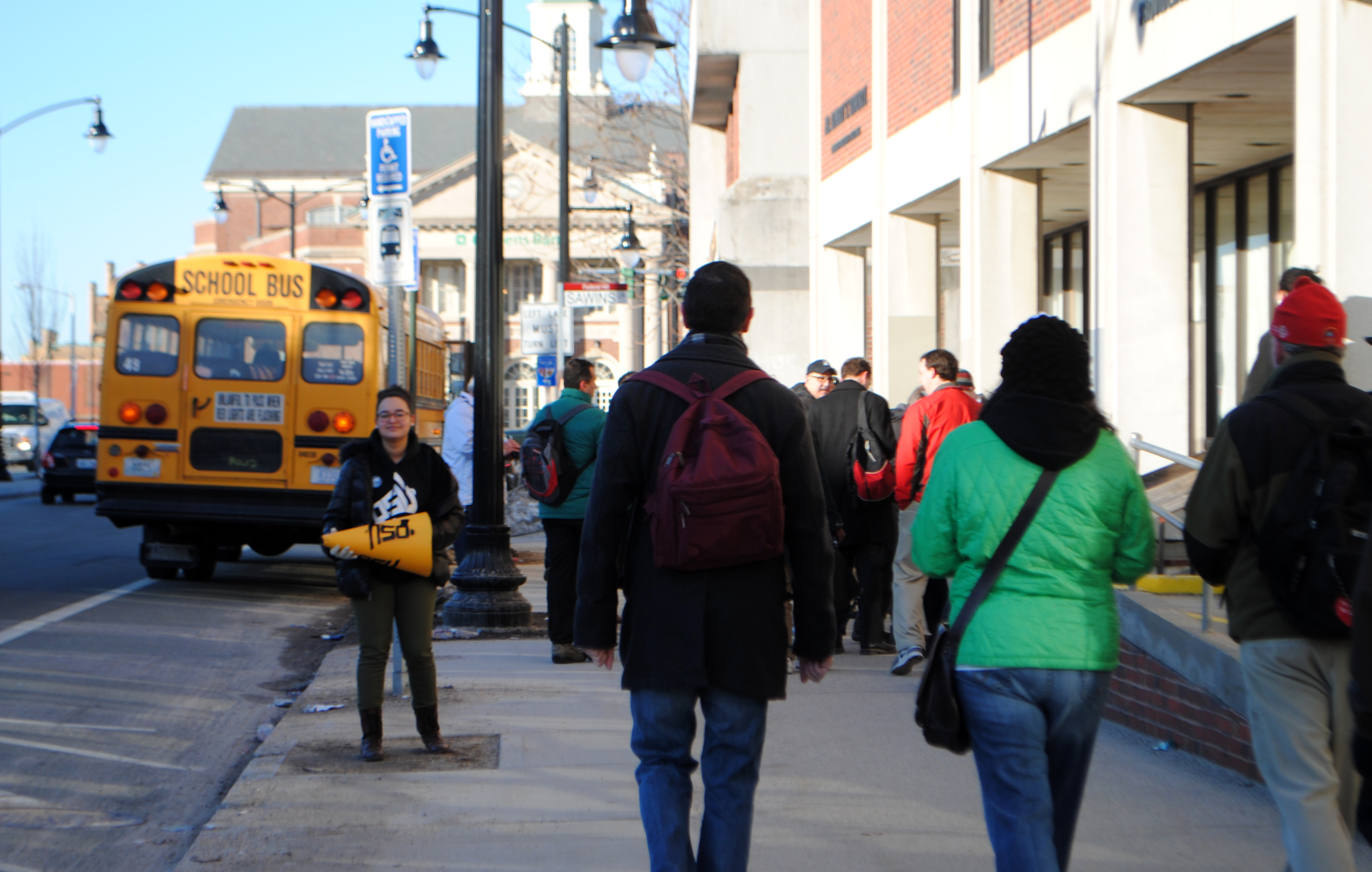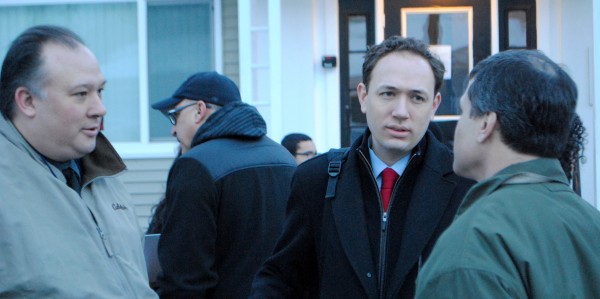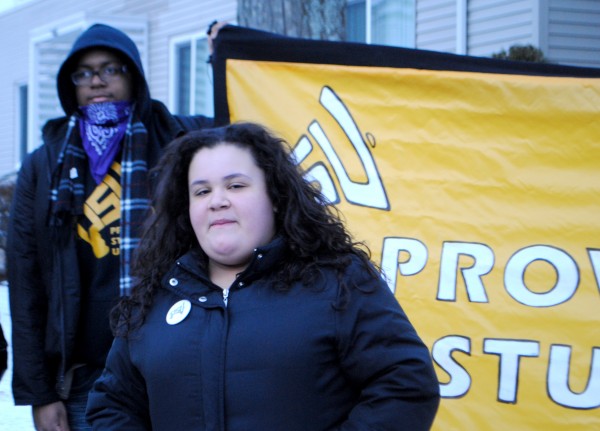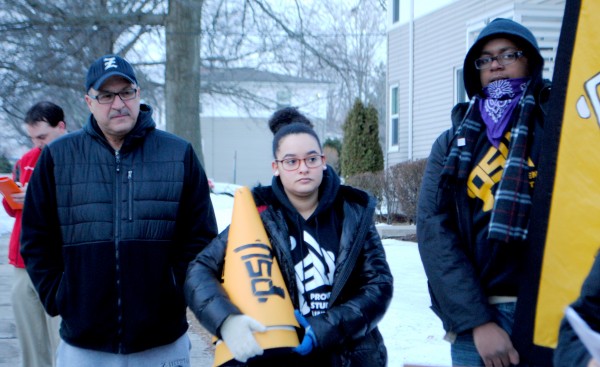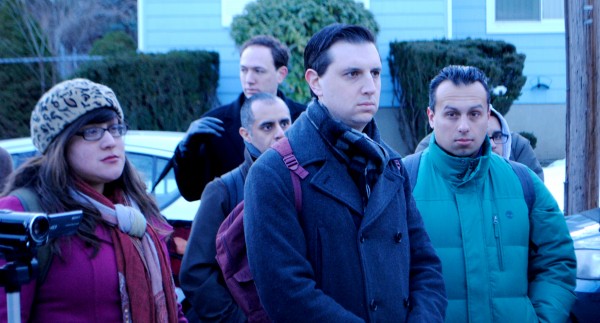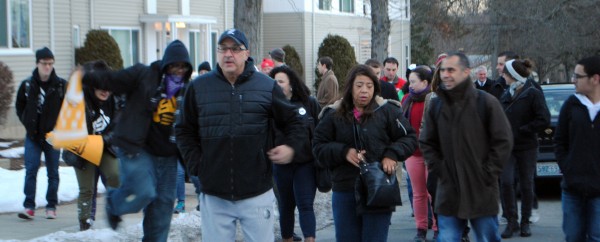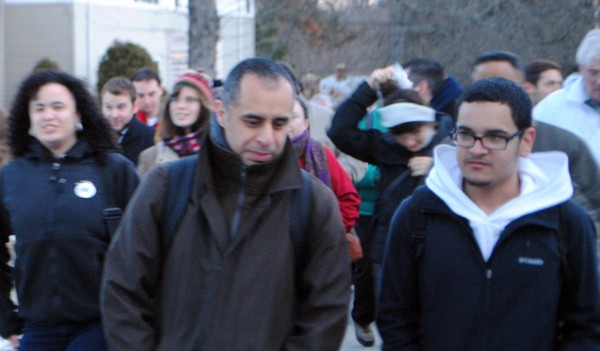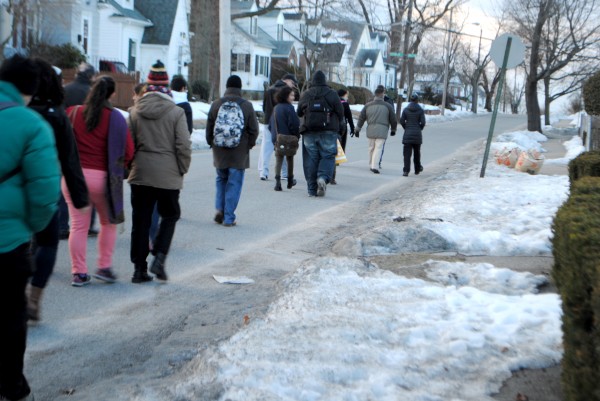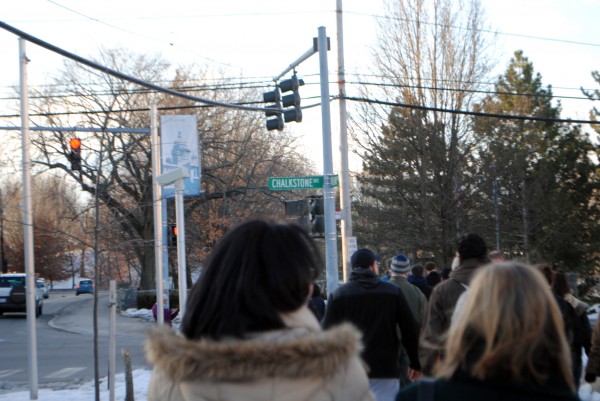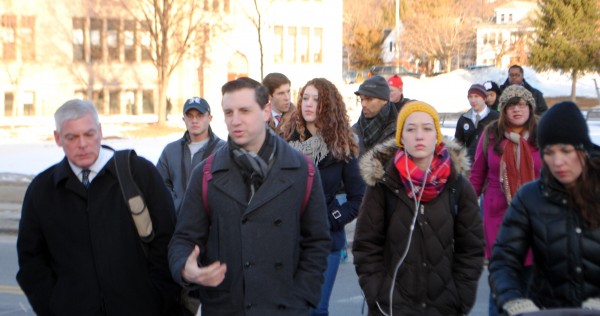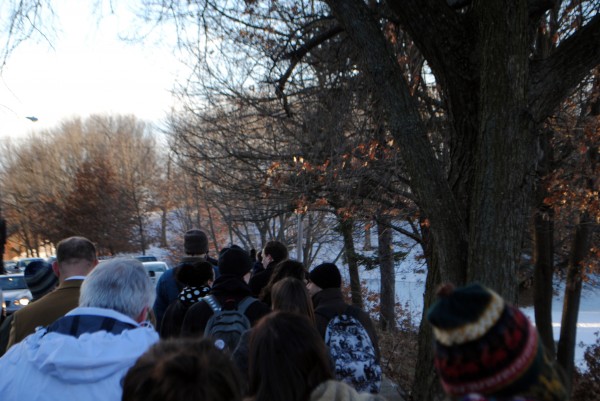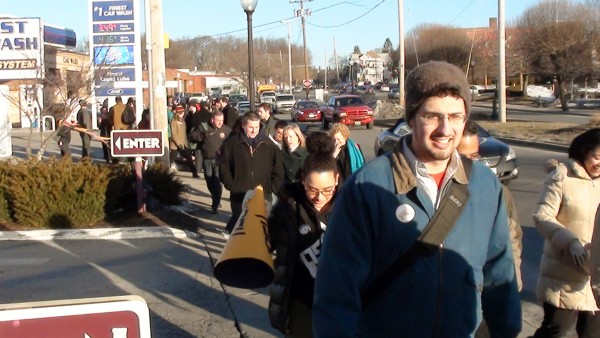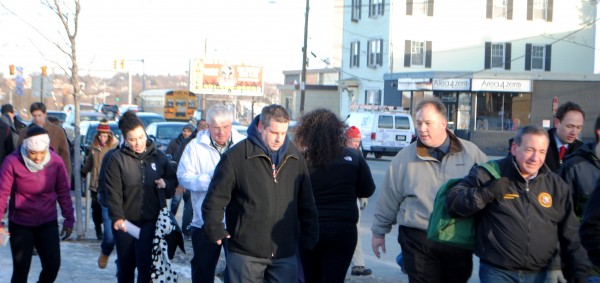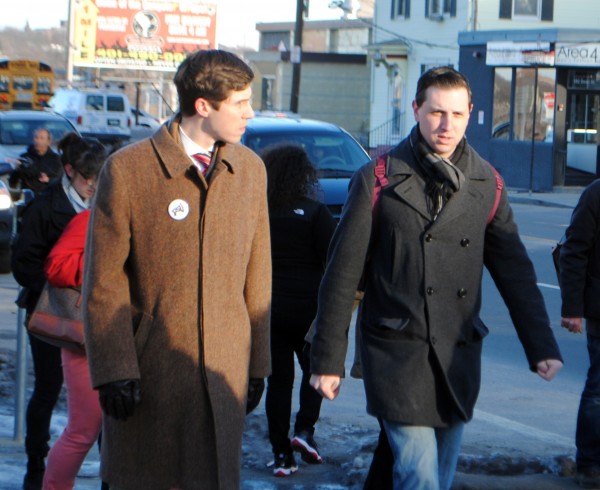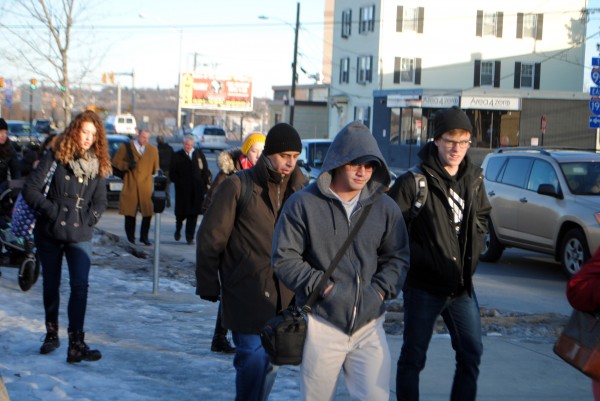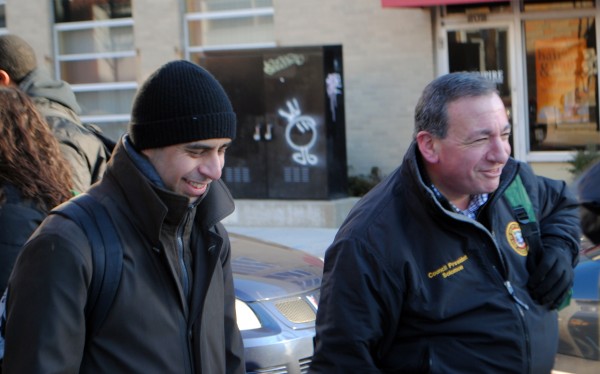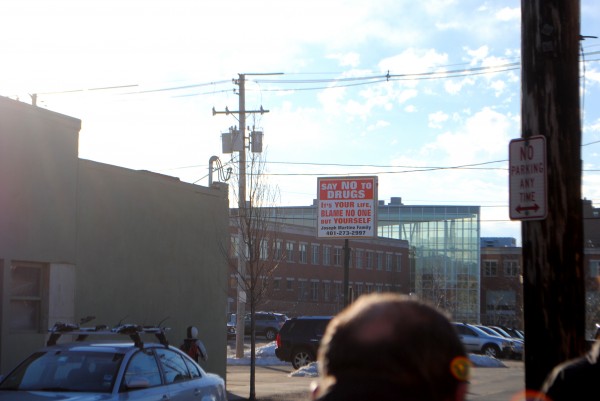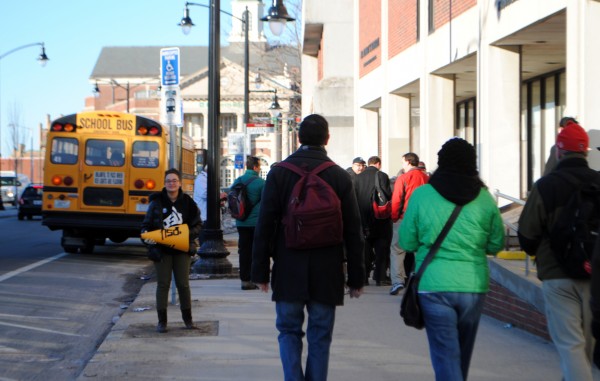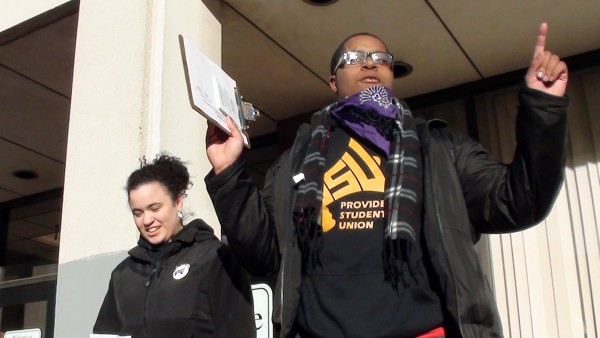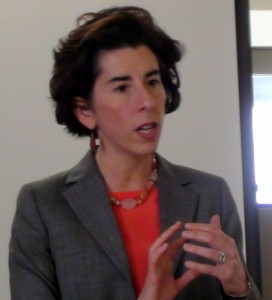Representative Art Handy, Chairman of the House Environment and Natural Resources Committee, hosted an informational briefing on Tuesday, February 25, in the RI State House Members Lounge. He will introduce a climate bill during this legislative session.
Fossil Free Rhode Island (FFRI) was available to present it concerns regarding the draft climate bill. Climate research shows that there is a limit to the amount of carbon-dioxide the atmosphere can absorb without causing a climate catastrophe.[1] What counts is the cumulative total since the beginning of the industrial revolution; when and where do not matter. Generations inhabiting Earth have to live within a fixed carbon-dioxide budget.
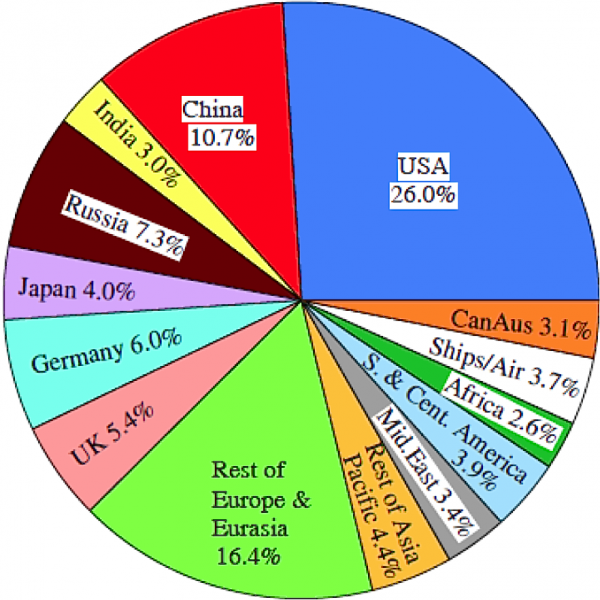
Accordingly, a climate bill must contain a limit on emissions and a mechanism to check its observance. The draft climate bill overshoots humanity’s budget by about 25% when scaled to the level of the globe, assuming that people are created equally and live accordingly.
The science is problematic, but global fairness is an issue too. The industrialized nations, mostly in the global north, have vastly over-spent their fair share of the carbon-dioxide budget. We have created the global climate problem and without the admission that we are “carbon debtor” nations a way out of the global climate change problem will remain elusive. The massive walkout at the UN climate talks COP19 in Warsaw in November of 2013 is a reminder of this reality.
There is a third problem. As some nations reduce their use of fossil fuels, the resulting surplus will be exported to be burned elsewhere. Indeed, according to the Quarterly Coal Report of US Energy Information Administration coal exports have quadrupled over the last five years. To reverse this, carbon debtor nations must mount a global program to develop and implement carbon-free technologies and carry the burden that they have laid on the world.
This reality exposes as fraudulent major parts of the White House Climate Action Plan which touts natural gas as a “bridge fuel.” With its life cycle emission likely to exceed that of coal, and with its extraction that poisons the local communities natural gas is a bridge to nowhere. See Howarth et al. in Atmospheric Methane.
Responding to economic pressure to export fossil fuels, the White House aims for fast-track approval of the construction of a facility at Cove Point on Chesapeake Bay to liquefy gas extracted in Appalachia. See A Big Fracking Lie.
Here in the North-East, there is the Algonquin Gas Transmission Pipeline expansion project. Spectra Energy’s proposed expansion of this pipeline with a compressor station in Burrilville would, as FFRI’s Nick Katkevich of Providence, RI, said: “expose residents to increased risk of headaches, dizziness, respiratory and cardiovascular problems, and cancer, as well as a greater risk of explosions.” Nick stressed that
kicking our oil, coal and gas addiction isn’t just about global warming, it’s also about protecting our communities from the immediate dangers of extracting, transporting and burning fossil fuels.
Among the latest maneuvers that jeopardize environmental safeguards are the Trans-Pacific Partnership (TPP) and Transatlantic Free Trade Area (TAFTA) negotiations. The realization of such treaties, designed to pamper too-big-to-fail corporations, will compound an already dangerous economic and legal environment.
With the window dressing stripped away, the administration’s business-as-usual approach is painfully obvious. The State Department’s release of the Keystone XL environmental impact statement is just one dramatic example. As FFRI’s Lisa Petrie of Carolina, RI, put it:
The Keystone XL pipeline will poison our water, impose on indigenous rights and even fails The White House’s own climate test. The Keystone XL Pipeline must be rejected!

While Fossil Free RI appreciates Rep. Handy’s leadership in drafting a bill that is a huge step forward, we stress that it is of essence that a climate bill articulate a global perspective based on morality, economics, and science, the essential elements of the solution of the global climate change problem. Compromise is not an option and triangulation may provide a sense of accomplishment but it will not suspend the laws of physics.
[1] A longer version of the paper Assessing “Dangerous Climate Change”: Required Reduction of Carbon Emissions to Protect Young People, Future Generations and Nature by Hansen et al. is available here.

